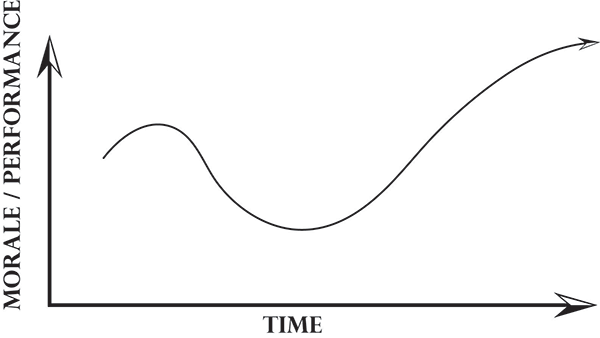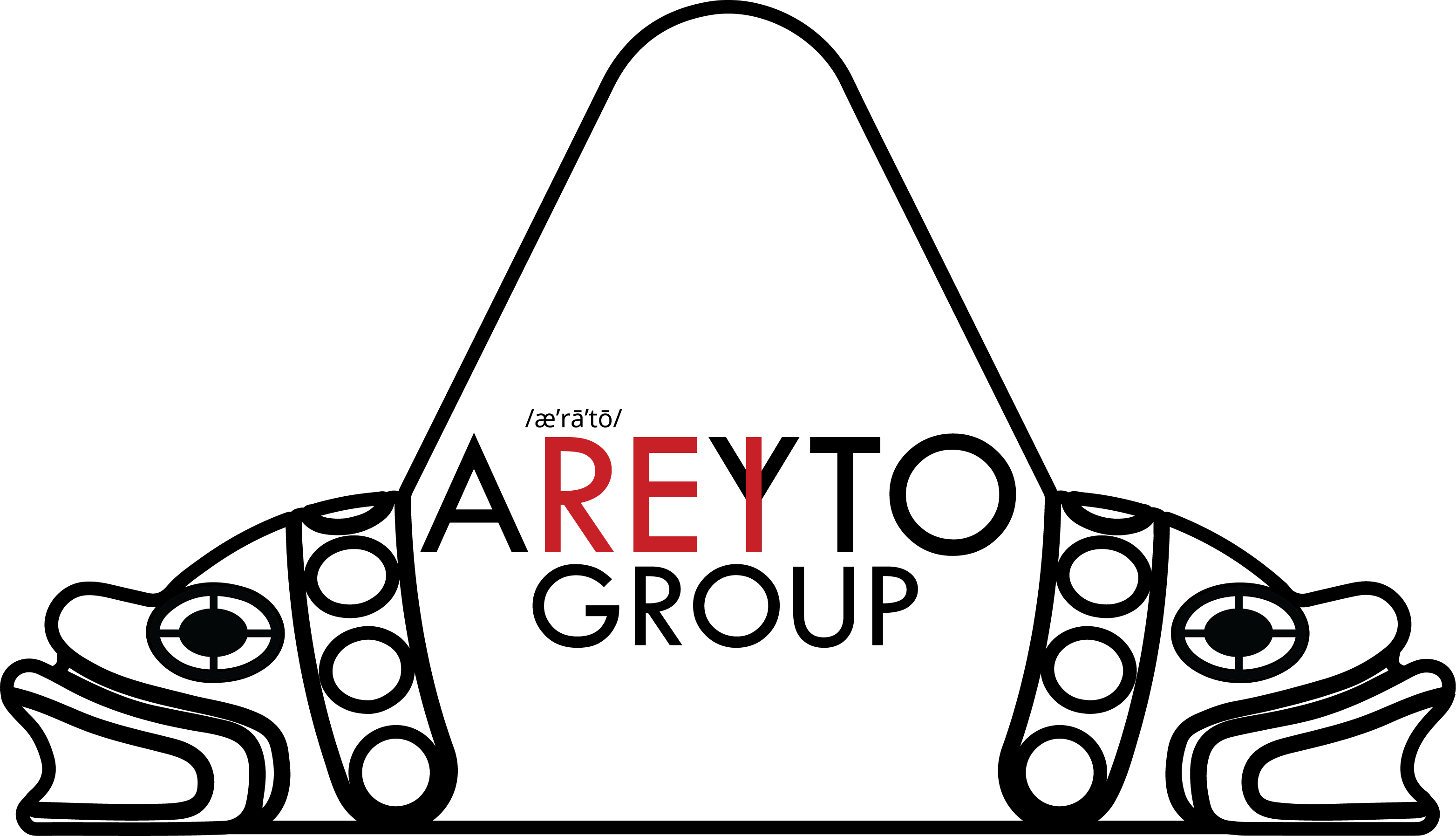Over the last 3 decades people have resisted because, as one of my dear friends said just tonight (talking about a completely different topic), “Human beings resist change”. Some more than others, we all resist, even fear, change. I do it, you do it and to a certain extent everybody does it.
Think you are immune? OK, Superhero, have your spouse rearrange the spice rack or the food pantry tonight and see how much fun it is to get used to the new way. It is a natural reaction. We all have our comfort zones. Some people have a very narrow comfort zone. Others are blessed with a wider band. But no one is above it.
The first thing I, as a Lean practitioner, have to realize is exactly that: Everybody resists change. I understand that. Now what? Well, I have to share the story about my Dad at this point. I grew up in Puerto Rico, surrounded by some of the World’s most beautiful beaches, music and great food. There is always something going on in Puerto Rico. There is a festival, a carnival or a dance somewhere. And being 100 miles long by 35 miles wide, you can drive anywhere. So, when I was growing up, my Mom would wake up in beach mood or carnival mood and she would say “Oh, let’s go to the beach today”. You might be guessing that me and my sister would be on the car with our sand-castle-building materials faster than you can say “Lean”! But, my Dad, God bless his heart, was always “No!” Invariably, every time he would argue that “I have so much stuff to do around the house. I don’t have time to go to the beach!” Or, “I am planning to spend the whole day working on the car, so you guys are going to have to go without me”. This went on for a really long time and we got used (sadly) to the fact that he was always going to say “No”.
As time progressed, we always kept inviting him and at one point as we were older, we started to make plans ahead of time. So, instead of telling him the day of, we would plan a week or two in advance and I would come and say to him: “Dad, we are planning on going to the ‘so-and-so’ carnival next week. What do you think?” And, want to guess what he would say? “NO! Next week I am going to… [fill in with your list of favorite chores]”. But, at some point, something almost magical started to happen. Even though he would say “No” when we first told him, and even when we reminded him mid-week or a week in advance, on the day of the event, gloriously, my Dad was the first guy to be dressed, ready to go and yelling at us: “I thought you said we were going to leave at 8:00!!!” The first few times this happened, you can guess that we were so flabbergasted, it took us a few days to recover from the shock. We would all go out and have a GREAT time.
Then, I started catching on. I told him 2, 3 weeks in advance. Invariably the first answer was always “No!”. Even to reminders, it was always “No!”. But, when the day came, without warning, he was always ready and fired up about the trip.
Can you see why I am telling you this story? Because, different people accept change at different rates! Just because I am an early adopter, does not mean, not by a long shot, that everyone behind me is. Just because I see and understand the benefits of successful implementations of Lean in any industry does not mean that people around me will!
 You guys are all probably familiar with this curve, aren’t you? This is the “Change Curve”, which depicts how people (it could be individuals, groups, or even whole organizations) assimilate change and how their morale changes during a change process. I also added “Performance” to the Y-axis, because it also affects their performance in a like manner.
You guys are all probably familiar with this curve, aren’t you? This is the “Change Curve”, which depicts how people (it could be individuals, groups, or even whole organizations) assimilate change and how their morale changes during a change process. I also added “Performance” to the Y-axis, because it also affects their performance in a like manner.
At first, when the change is announced, most people respond with shock or anxiety and they may quickly move to a state of denial. That is when the morale/performance peaks at first. Then, depending how well the change is managed, depression and frustration set in, due perhaps to the uncertainty and fear of the unknown. At some point, people will decide to “go with the flow” and they start accepting the change and they may even start experimenting with it. It is akin to dipping your toes in the water before you jump in. Once their fears and concerns are alleviated, their morale really starts to improve and they start getting excited about the new order. They decide to adopt the new way as their own and that is when things really start improving past the point they were at before depression and frustration crept in.
If you are reading this, you are a Change Agent. Whether you are managing your kid’s soccer league new scoring system or the implementation of a new EHR in your facility, you have to recognize how people accept change and, more importantly, that they all go through these steps at different rates.
You came here because you wanted answers about how to manage change in your organization or in your life. Here it is. Here are the two secrets you need to master in order to be a successful Change Agent.
- Communication
- Transparency
The biggest driver of that dip in the curve above is a gap in knowledge. People hear rumors or only part of the story and they start asking questions. They may not ask them out loud, but they are asking them in their minds, at least. And it behooves us to answer those questions, before they are even asking them. We want to avoid them answering the questions themselves with only half the information. Therefore, COMMUNICATE, COMMUNICATE, COMMUNICATE, and when you are done doing that, COMMUNICATE some more.
And when you communicate, be TRANSPARENT in your communications. There should be no reason for you not to be completely honest and open in your communications. If you are, people will learn to trust you and they will offer much less resistance than if they feel you are hiding something from them.
There are many tools (Communication Plan, anyone?) you can use to manage change in your organization, but if you don’t COMMUNICATE or if you are not TRANSPARENT, you will certainly spend a longer time in that “Valley of Despair” (the lowest point in the curve above).
What are some of your examples (good or bad) of Change Management?

